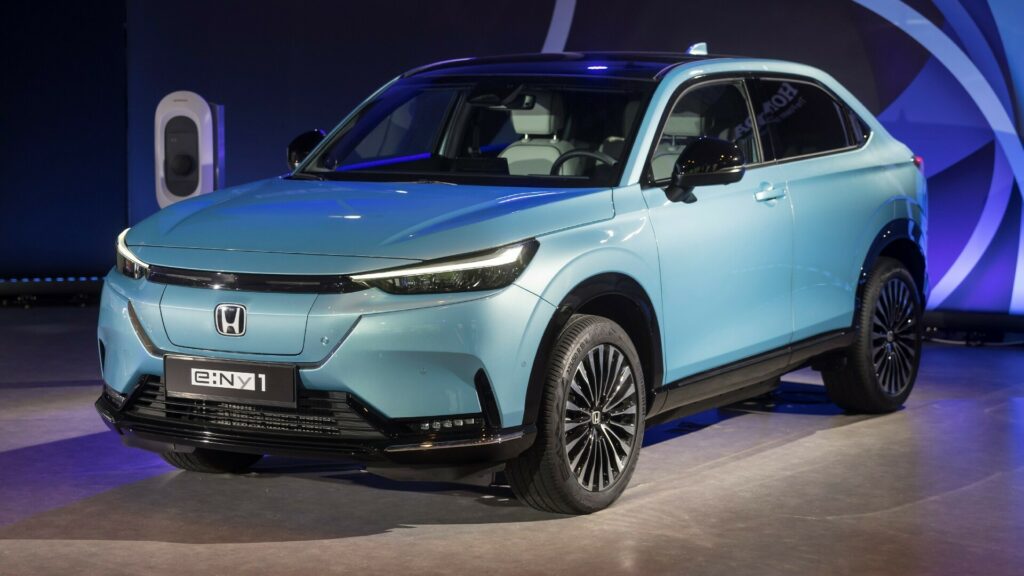Honda is one of the first automakers with a fully electrified range in Europe, but hasn’t been so passionate about BEVs. Honda Motor Europe’s president defended this strategy by saying their EV rollout is in line with the development of charging infrastructure.
Katsuhisa Okuda spoke to Autocar during the recent European launch of the fully electric Honda e:Nyl1, the hybrid ZR-V, and the hybrid/PHEV CR-V. He said: “The pace of our EV development is just the same as infrastructure development, in terms of public charging availability”.
While one could argue that Okuda’s remarks are just an excuse for Honda’s delay in launching more EVs, he definitely has a point. We have covered the problems of the limited charging network in many European cities, where the majority of people live in apartments without easy access to public chargers, thus making EVs kind of irrelevant as a first car – at least at this point.

What is more interesting though is Okuda’s beliefs on when the infrastructure will be ready: “In the end, we believe that in 2040 or 2050, the infrastructure will be well developed and then our many customers can enjoy EVs. Until then, our plug-in hybrid is a good option for commuting and for longer weekend drives. It’s very realistic and practical”. If those predictions are accurate, then European buyers will definitely have issues as new ICE-powered vehicles will be effectively banned from the region from 2035, at least according to the regulations.
The Honda e was introduced in production form in 2019 as the automaker’s first EV but was never intended to sell in big volumes. Honda’s second fully electric vehicle in Europe, the e:Nyl1 small SUV, is set to follow later in 2023 combining HR-V styling with a new EV-dedicated platform. The situation is different in China, where Honda has many electric models in the pipeline.
The company has just revealed its first plug-in hybrid offering in Europe in the form of the Honda CR-V e:PHEV. In that context, Okuda said: “What we wanted to do is to offer choices to the customers. This is why we’re working on a multi-pathway approach”, adding that the availability of more Honda PHEVs depends “on what the customer needs in the future”.





